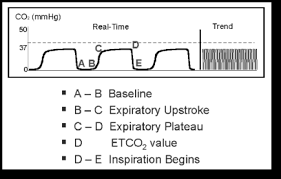end tidal co2 range cpr
An increase in etCO2 by 5 appears to have reasonable sensitivity 71-91 and specificity 94-100 for fluid responsiveness in two studies of patients breathing passively on the ventilator. We included randomized controlled trials cohort studies and case-control studies of adult cardiac.

Sar Helicopter Paramedic Practice Etco2 Measuring To Assist With Cpr Attempts Journal Of Paramedic Practice
However EtCO2 provides the same information an.
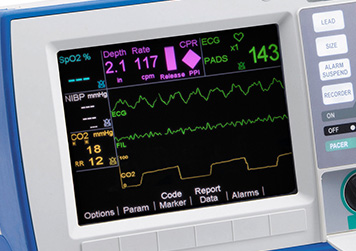
. Literature search was performed using Medline and EMBASE. Arterial diastolic pressure 25 mm Hg may be useful but not all patient scenarios will be amenable to placement of an arterial line. Remove the corpuls3 disposable CO2 oral connector from its package.
Normal ETCO2 in the adult patient should be 35-45 mmHg. Capnography can be used to measure end-tidal CO 2. J Intensive Care Med.
In mmHg the PetCO2 values for those with and without ROSC after five minutes of CPR was. In conditions of normal breathing 6 Lmin 12 breathsmin 500 ml for tidal volume etCO 2 is very close to alveolar CO2. However in ACLS and in a cardiac arrest Im using end-tidal not necessarily for the pulmonary or respiratory status but to look at the function of the pump the function of the heart.
End-tidal CO2 ETCO2 detection requires air movement in and out of the lungs ventilation CO2 production from cellular metabolism and. Chest compression provider tiring end-tidal CO2 value diminishes over time. 423 20 mmHg versus 34 255 mmHg.
During cardiopulmonary resuscitation CPR adequate chest compressions generate a cardiac output of 17 to 27 allowing CO 2 circulation for exhalation. Confirm appropriate CO2 values are displayed. In the awake adult normal cardiac index lies between 25-4 Lminm2 with an ETCO2 of 35-45 mmHg.
End-tidal CO2 may be useful here as an easily and immediately measurable index of changes in cardiac output. MEASURING END-TIDAL CO 2 LEVELS DURING CARDIAC ARREST. The height of the ETCO2 waveform during CPR has been used as an indirect measure of adequate chest compressions helping those involved in resuscitation monitor the effectiveness of their compressions in real time.
In the field monitoring ETco 2 during endotracheal-tube placement can verify correct tube placement and indicate tube dislodgement during transport. Cardio Pulmonary Resuscitation CPR ETCO2 concentration is a reliable index of effective heart compression during CPR which is associated with cardiac output 7 8. Murphy RA Bobrow BJ Spaite DW et al.
Loss of ETCO2 may be the first sign that CPR is needed. Since problems with lungs are not common and gas exchange between alveoli and the blood is swift and effective. These levels of CO 2 were consistent with effective chest compression generating reasonable pulmonary blood flow justifying continuation of resuscitation.
1 evaluating the effectiveness of chest compressions and 2 identification of ROSC. Capnography waveforms etCO2 and breathing patterns. EtCO2 is essentially to ensuring quality CPR.
Connect the capONE sensors x2 to the CO2 oral connector. End tidal CO 2 monitoring is represented as a number and a graph on a monitor. This will cause a decrease in the ETCO2 end-tidal CO2 and this will be observable on the waveform as well as with the numerical measurement.
Wayne MA Miller CC. 10 mmHg during CPR in an intubated patient suggests that the quality of chest compressions needs improvement. End-tidal carbon dioxide and outcome of out-of-hospital cardiac arrest.
Gradual fall in ETCO2 suggests compressionist fatigue during CPR - time to change compressionists. Systematic review and meta-analysis of end-tidal carbon dioxide values associated with return of spontaneous circulation during cardiopulmonary resuscitation. 78 Nitrogen 21 Oxygen 1 CO2 and other gases Exhaled gases.
Attach the in-line connector to the breathing circuit ensuring that a bacterialviral filter is connected to the airway adjunct maskLMAETT. The waveform is called capnograph and shows how much CO 2 is present at each phase of the respiratory cycle. Two very practical uses of waveform capnography in CPR are.
Since the reports of benefits of permissive hypercapnia in the critical care literature the current practice of maintaining mild hypocapnia ie end-tidal carbon dioxide ETCO 2 values between 30 and 35 mmHg is being questionedThis paper will discuss the concerns with mild hyperventilation and hypocapnia and will propose maintenance of higher ETCO 2 values. Throughout the resuscitation end-tidal CO 2 was consistently in the 28-36 mmHg range during VFCPR. The first sign of the return of spontaneous circulation ROSC during CPR is increase in ETCO2 therefore monitoring of ETCO2 provides very useful information to guide treatment during CPR 8 - 10.
We typically assess quality of CPR by palpable pulses but this can be challenging and even unreliable. The purpose of this systematic review is to evaluate the prognostic value of ETCO2 during cardiac arrest and to explore whether ETCO2 values could be utilised as a tool to predict the outcome of resuscitation. The number is called capnometry which is the partial pressure of CO 2 detected at the end of exhalation ranging between 35 - 45 mm Hg or 40 57 kPa.
11172009 4 Measuring End Tidal CO2 Daltons Law. Total pressure of a gas is the sum of the partial pressures of the gas Expired CO2 measured PetCO2 mmHg in waveform Percentage Normal Levels PaO2 85-100mmHg PaCO2 35-45mmHg Percentage vs. High quality CPR consistent waveform and end-tidal CO2 20 kPa.
428 153 mmHg versus 323 141 mmHg. To identify whether any level of end-tidal carbon dioxide ETCO 2 measured during cardiopulmonary resuscitation CPR correlates with return of spontaneous circulation ROSC or survival in adults experiencing cardiac arrest in any setting. 10 to 20 mmHg during CPR was strongly associated with ROSC while persistent EtCO2 below 10 to 20 mmHg after 20 minutes of CPR had a 05 likelihood of ROSC.
Remember a normal end-tidal is between 35 and 45. MmHg Relate to the air we breath. I can look at those numbers and adjust my ventilator accordingly to keep them within a normal range.
Association between prehospital cpr quality and end-tidal carbon dioxide levels in out-of-hospital cardiac arrest. N Engl J Med. An accurate early predictor of the outcome of resuscitation is needed.
NaHC03 will increase EtCO2 because it splits into CO2 and H20 So if rises after NaHCO3 do not misinterpret as ROSC. Abrupt increase in ETCO2 suggests ROSC during CPR detectable before pulse check. Ensure proper rate approximately 100min.

Capnography Provides Bigger Physiological Picture To Maximize Patient Care Jems Ems Emergency Medical Services Training Paramedic Emt News

Capnography During Cardiopulmonary Resuscitation Current Evidence And Future Directions

Average Etco2 Kpa During Cpr In Patients With Or Without Rosc Download Scientific Diagram

Capnography Provides Bigger Physiological Picture To Maximize Patient Care Jems Ems Emergency Medical Services Training Paramedic Emt News

Waveform Capnography In The Intubated Patient Emcrit Project
Emdocs Net Emergency Medicine Educationcapnography In The Ed Emdocs Net Emergency Medicine Education

The Impact Of Ventilation Rate On End Tidal Carbon Dioxide Level During Manual Cardiopulmonary Resuscitation Resuscitation

Etco2 Valuable Vital Sign To Assess Perfusion The Airway Jedi

3 Waveform Capnography Showing Changes In The End Tidal Carbon Dioxide Download Scientific Diagram
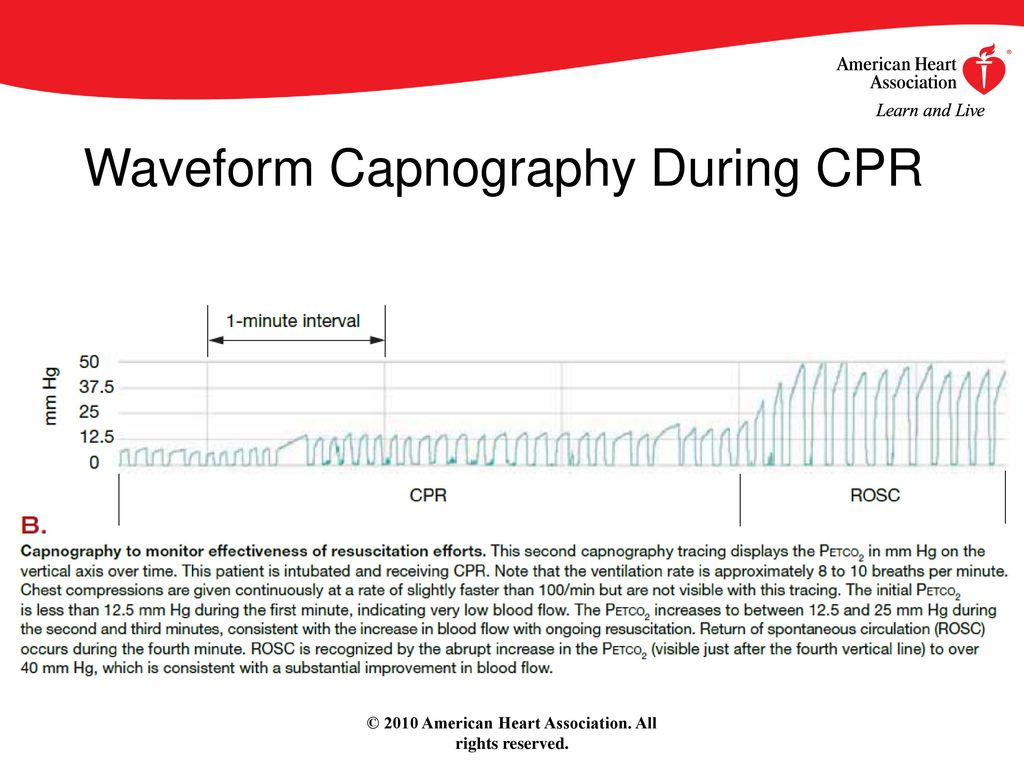
New Adult Cardiovascular Life Support Guidelines Ppt Download

Quantitative Waveform Capnography Acls Medical Training
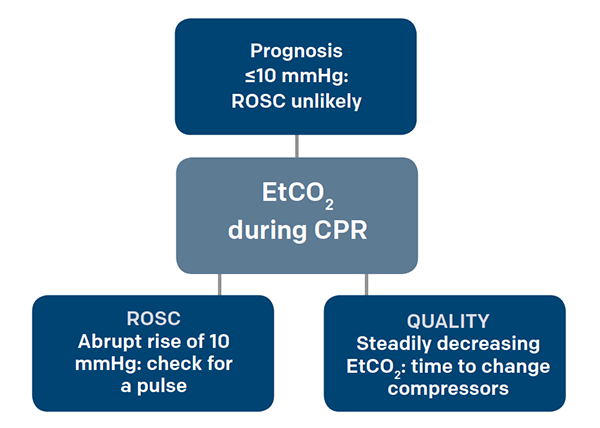
Use End Tidal Capnography For Placing Orogastric Nasogastric Tubes And Cpr Page 2 Of 4 Acep Now Page 2

End Tidal Co2 Etco2 Capnography For R Series Zoll Medical

3 Waveform Capnography Showing Changes In The End Tidal Carbon Dioxide Download Scientific Diagram
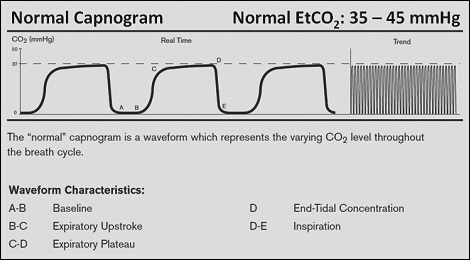
Capnogram R Series Defibrillator Zoll Medical Uk

Average Etco2 Kpa During Cpr In Patients With Or Without Rosc Download Scientific Diagram

Reversible Causes Of Low Etco2 In Cpr Criticalcarenow

Rogue Capno Waves Resuscitation Team Notes Unusual Waveform During Cpr Capnoacademy Capnoacademy
